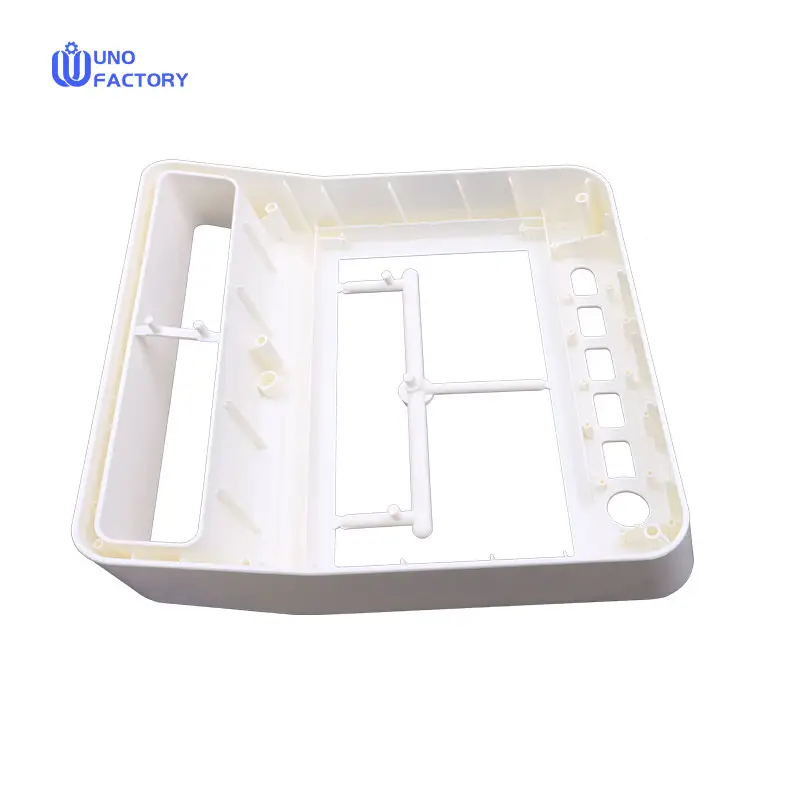Time to read: 6 min

ABS Plastic Full Form: Acrylonitrile Butadiene Styrene, commonly known as ABS plastic, stands out as a leading material in the manufacturing industry due to its exceptional blend of properties. This article will guide you through the various applications of ABS plastic, its key characteristics, and why it's a top choice for numerous industries.
Properties of ABS Plastic
ABS plastic is a thermoplastic polymer prized for its:
- Toughness and Impact Resistance: It can endure significant impacts without breaking.
- Thermal Stability: It performs well in moderately high-temperature environments.
- Chemical Resistance: It resists a range of chemicals, making it suitable for diverse applications.
- Processability: It's easy to mold into complex shapes, a key factor in its widespread use.
Applications of ABS Plastic
The versatility of ABS plastic makes it suitable for a variety of applications:
- Automotive Industry: Used for interior components like dashboards and exterior components like body panels.
- Electronics: Ideal for the housings of devices due to its durability and ability to withstand wear.
- Toys: Known for its use in LEGO bricks and other children's toys for its stability and safety.
- Office Equipment: Employed in the production of printer parts, photocopier components, and more.
- Appliance Housings: Commonly used for the outer casings of household appliances.
- Medical Equipment: Suitable for non-critical medical equipment due to its ease of cleaning and disinfection.
Benefits of Using ABS Plastic
- Cost-Effective: ABS plastic is an economical choice compared to other engineering plastics.
- Aesthetically Pleasing: It can be easily colored and finished, offering design flexibility.
- Recyclable: It contributes to sustainable manufacturing practices due to its recyclability.
Injection Molding with ABS Plastic
Injection molding is a process where molten material is injected into a mold to create a shape. ABS Plastic Full Form is particularly well-suited for this process due to its ease of molding and ability to produce parts with high detail and precision.
Coloring ABS Plastic
Adding color to ABS plastic can be achieved through several methods:
- Compounded Colors: The color is mixed into the plastic before molding.
- Masterbatch: A concentrated colorant is added during the molding process.
-
- Post-Molding Painting: The molded part is painted after it has solidified.
Choosing the Right Material for Your Project with Unofactory
At Unofactory, we understand the importance of selecting the right material for your project. Whether you're looking to create durable automotive components or vibrant, stylish electronics housings, ABS Plastic Full Form (ABS) could be the ideal choice. Our team of experts can guide you through the material selection process, ensuring that your project meets its performance objectives while staying within budget.
Conclusion
ABS Plastic Full Form, or Acrylonitrile Butadiene Styrene, is a leading material in the manufacturing industry due to its versatility and robust properties. From automotive to electronics and toys, ABS plastic's applications are vast. For expert guidance and top-quality manufacturing services, consider partnering with Unofactory. We offer a comprehensive range of materials and can help you find the perfect match for your project.




